
Introduction
Have you ever experienced having symptoms like a headache, eye irritation, malaise, difficulties in breathing, itchiness of the skin once entering a building?
Ironically the symptoms mentioned will go off a few hours after leaving the premise. The World Health Organisation (WHO, 2008) recognized Sick Building Syndrome (SBS) as a condition where a person who is in the building having symptoms and feeling uncomfortable without transparent causation.
Research shows that the Poor Indoor Environmental Quality (IEQ) is the contributor of SBS. Apart from that there are other contributors of SBS:
- Building materials
The materials used allow the microorganism to grow, and some of it may release chemical vapours which cause irritation to the person. - Bad building sanitation
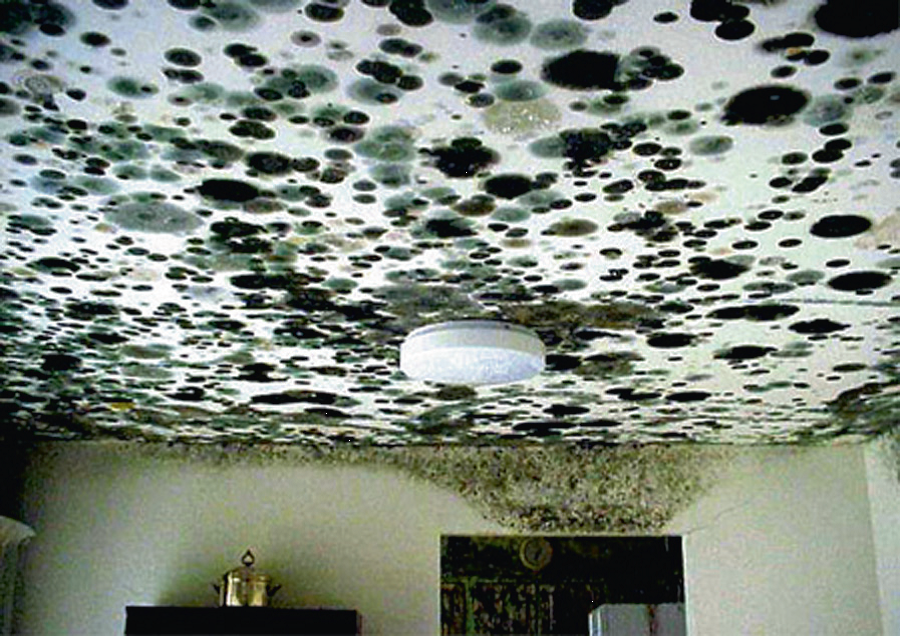
Picture 1: Moulds on the ceiling (Source: http://ocsjanitorial.com) - Ozone (produced by the photocopy machine), organic solvent and formaldehyde in the air.

Picture 2: Ozone produced by photocopy machine - Instruments or products which are used or placed near the building. The product emits fumes or gases which cause contact dermatitis.
- Air condition system which maintenance is not and carbon monoxide being done regularly. This may lead to accumulation of carbon dioxide and carbon monoxide in the building itself.
- Outside or inside pollutant which is dispersed inside the building via the air condition system.
- Mould, bacteria, fungus, dust mites inside the building.
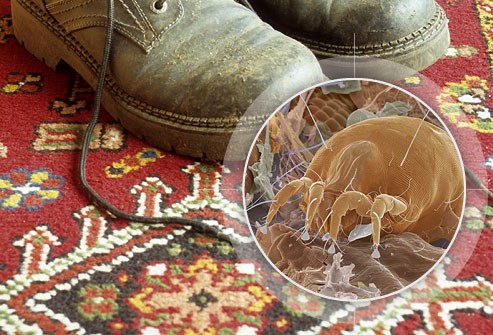
Picture 3: Mites brought into the building by shoes (Source: http://www.webmd.boots.com) - Improper maintenance and irregular of the building which accumulates fiber dust.
- Poor lighting in the building
- Vermin infestation (rodents, cockroaches, other pests)
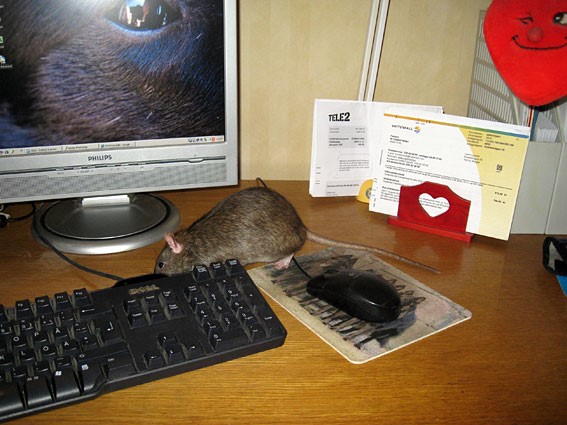
Picture 4: Rats infestation (Source: http://ateell.se) - Environmental factors (carbon monoxide from the car exhaust which parked nearby the building, temperature, humidity, noise, electromagnetic field/vibration in the building, volatile organic compound will get into the building through unrepair crevices)
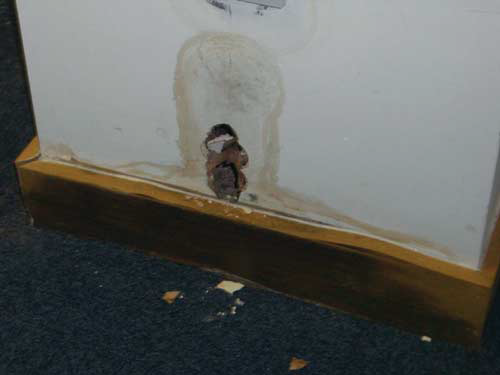
Picture 5: Unrepair cracks in the building - Environmental Tobacco Smoke (ETS)
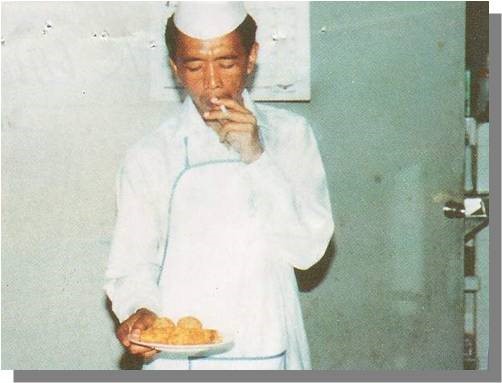
Picture 6: Cigarette smokes (Source: https://www.washingtonpost.com)
Signs and symptoms
Signs and symptoms of SBS are divided into 3 groups:
Group A :
- Headache
- Lethargy
- Nausea
- Dizziness
Group B:
- Congestion
- Swollen
- Irritation (eyes, nose, throat)
- Subclinical symptom (a headache, fatigue, nausea)
Group C:
- Cough
- Short of breath
- Fever after entering the building
- Diagnosed infection
Prevention
- Proper office/home cleaning and building maintenance.
- The developer and office renovation operator should not use any toxic building material. The installation of instrument fixtures and office equipment must be picked, placed, used, with the minimum emission of volatile organic compound.
- During the renovation process, the environment of the unaffected area shall be protected from the pollution arises
- Pest control is done by the licensed and competent operator
- Regular internal cleaning to control dust
- Non-smoking policy to be implemented by the building administration
- The administrator shall disseminate SBS information, supervision, training, and SBS prevention methodology to the tenants
- Periodical maintenance of the air condition system by a competent operator.
- Control fungus growth by prompt fix-up action of any leakage of water inside the building, to ensure no area in the building is humid, chemical control towards fungus
- Install air purifier inside the premise.
References
- Israeli, E., & Pardo, A. (2011). The sick building syndrome as a part of the autoimmune (auto-inflammatory) syndrome induced by adjuvants. Mod Rheumatol, 21, 235-239. doi: 10.1007/s10165-010-0380-9
- Jansz, J. (2011). Theories and Knowledge about Sick Building Syndrome. In Sabah A. Abdul-Wahab (Eds.), Sick Building Syndrome in Public Buildings and Workplaces (pp. 25-58). Location: Springer.
- Passarelli, G. R. (2009). Sick building syndrome: An overview to raise awareness. Journal of Building Appraisal, 5, 55-66. doi: 10.1057/jba.2009.20
- Health and Safety Executive. (1995). How to deal with sick building syndrome: Guidance for employers, building owners and building manager. Printed on 29 Oktober 2015 from http://www.hse.gov.uk/pUbns/priced/hsg132.pdf
- World Health Organization Regional Office for Europe. (2008). Sick Building Syndrome. Accessed on 1 September 2015 from www.euro.who.int/Housing/pamphlets.how to handle sbs who http://www.vectair.com/files/2011/09/HSE%20-%20Sick%20Building%20Syndrome%20HSG132.pdf
| Semakan akhir | : | 25 Mac 2016 |
| Penulis | : | Padelin Rimpau |
| Akreditor | : | Tn. Hj. Rosnani bin Ab. Hamid |







